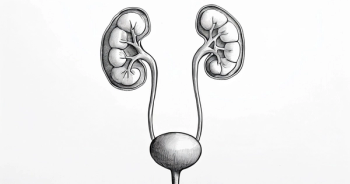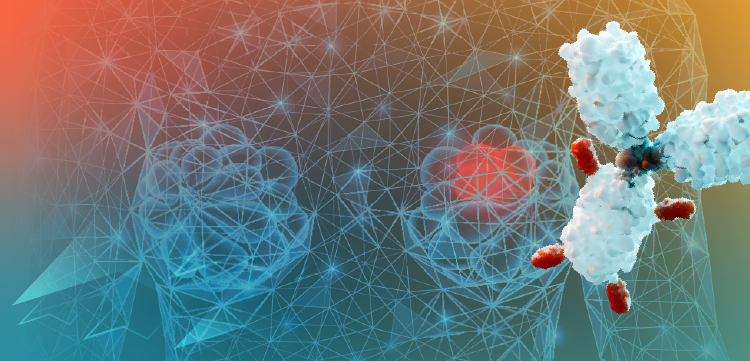
Seymour on the BCL-2 Pathway and Novel Therapeutic Strategies in CLL
John Seymour, MBBS, FRACP, PhD, explains why BCL-2 was considered an undruggable target for so long and what led to the development of effective BCL-2 inhibitors.
John Seymour, MBBS, FRACP, PhD, director of hematology at the Peter MacCallum Cancer Center and the Royal Melbourne Hospital in Melbourne, Australia, explains why BCL-2 was considered an undruggable target for so long and what led to the development of effective BCL-2 inhibitors.
For years, BCL-2 was deemed an "undruggable" target in oncology. According to Seymour, the challenge lay in its unique mechanism of action. Unlike typical drug targets involving enzymatic catalysis, BCL-2 functions by protein-protein interaction, which occupies a binding site and prevents apoptosis. Ultimately, this created a hurdle in developing specific inhibitors.
“The vast majority of drugs that were developed work by binding to a catalytic or an enzymatic issue. Drugs like tyrosine kinase inhibitors in [chronic myeloid leukemia], imatinib [Gleevec], dasatinib [Sprycel], ponatinib [Iclusig], or the BTK inhibitors in other lymphoid malignancies, all prevent an enzymatic action,” explains Seymour.
Traditional cancer drugs, such as tyrosine kinase inhibitors, work by blocking enzymatic activity. However, BCL-2's role in simply binding and sequestering pro-apoptotic proteins required a different approach. The BCL-2 family is made up of multiple proteins with subtle structural differences that require extreme specificity to avoid off-target effects, like BCL-XL inhibition, which could lead to thrombocytopenia.
The development of venetoclax (Venclexta) marked a pivotal breakthrough. This BCL-2 inhibitor functions by displacing apoptotic activators, re-initiating programmed cell death. Seymour emphasizes that venetoclax's efficacy isn't solely dependent on BCL-2 levels; the presence and displacement of apoptotic activators, along with factors like MCL-1 interference, play crucial roles.
The drug's potent and rapid induction of apoptosis necessitates careful management. Seymour also highlights the importance of a gradual dose ramp-up to mitigate the risk of cytoreduction-related morbidity. This strategic approach ensures patient safety while maximizing the therapeutic benefits of targeting this once "undruggable" protein. The successful development of BCL-2 inhibitors underscores the evolving landscape of targeted cancer therapies, specifically for the treatment of hematologic malignancies.








































